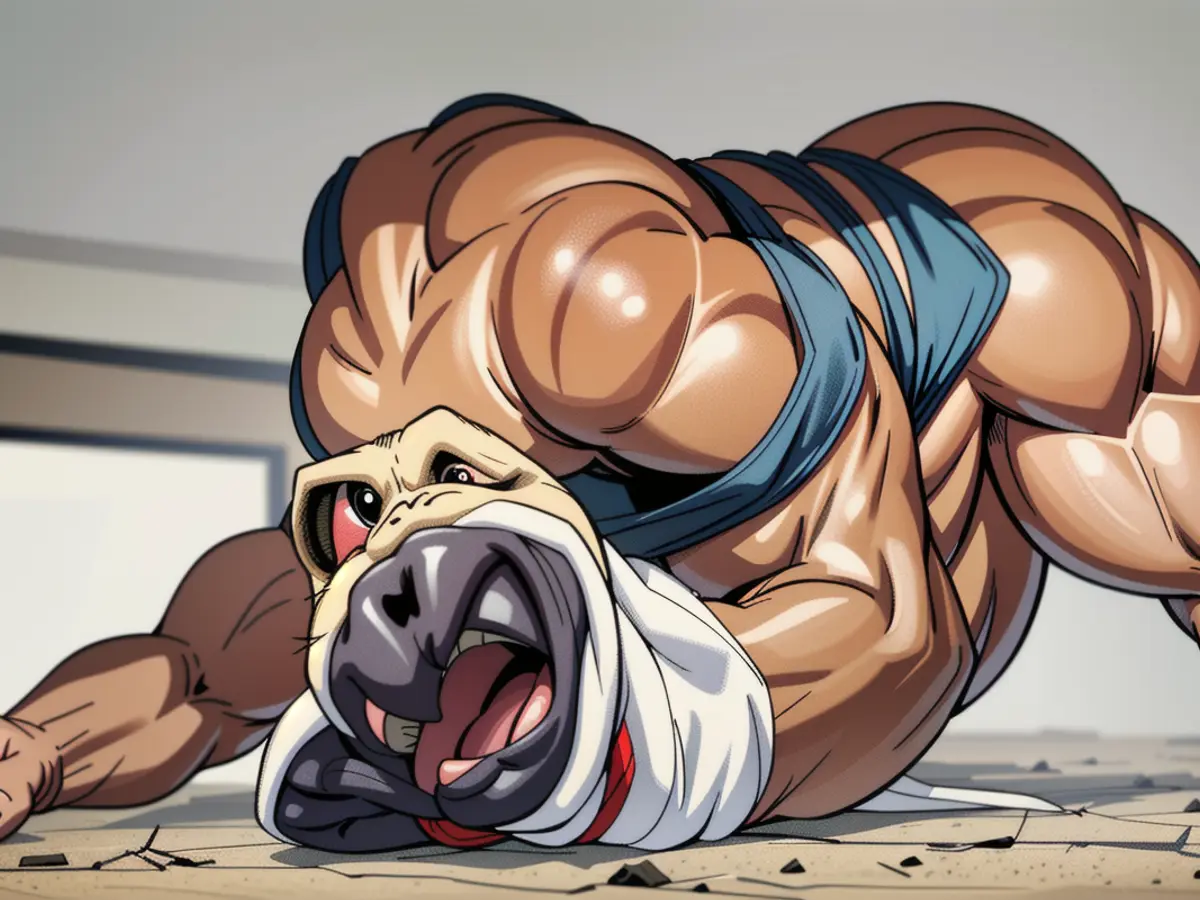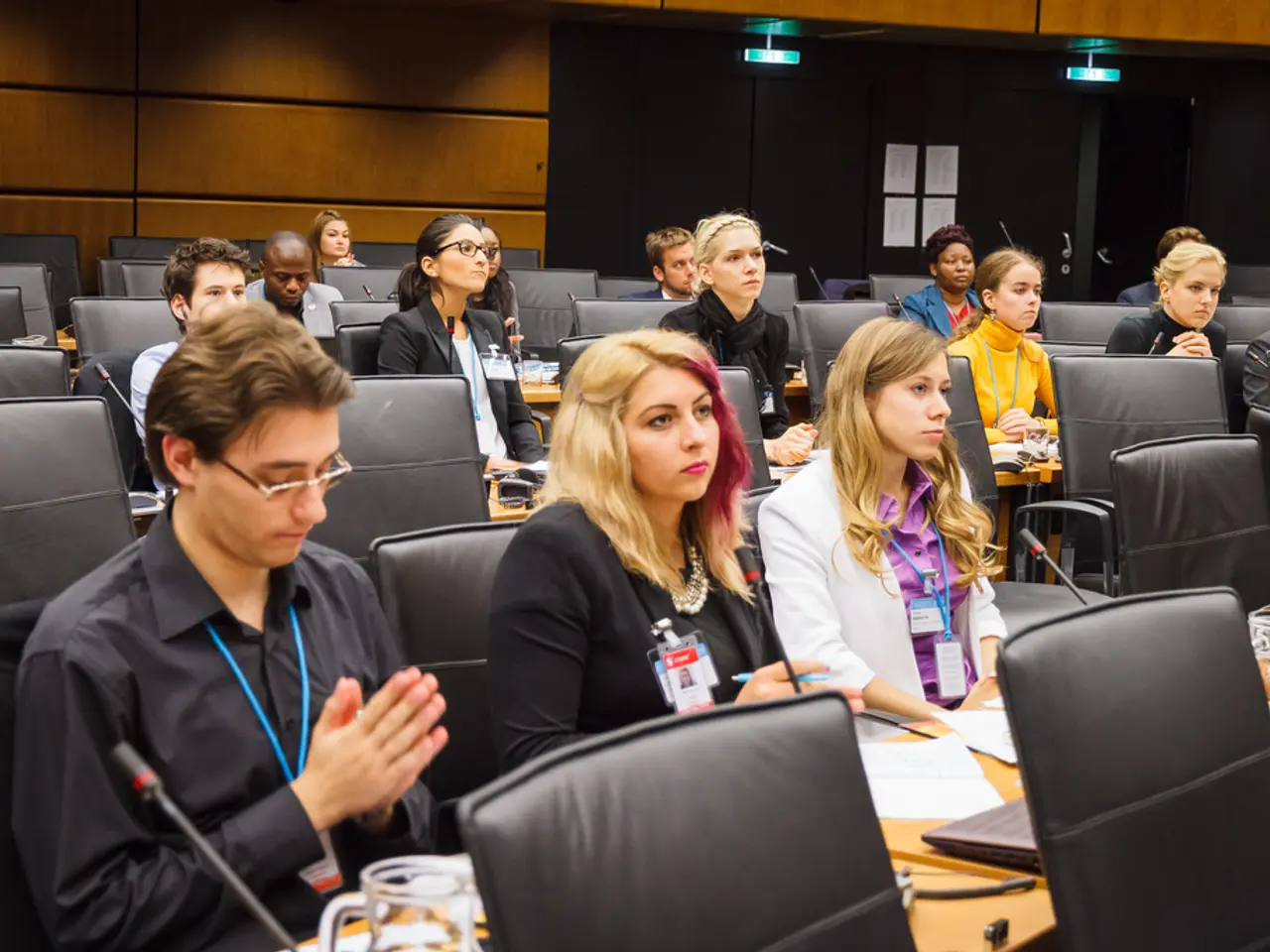Most Predisposed Canine Breeds to Health Issues
Alright, Mate! Buckle up as we dive into the world of canine companionship and the not-so-tasty reality of our tampering with their genes. Over the past couple o' centuries, humans have played breeder, splitting our four-legged friends into a cornucopia of breeds, each sporting specific physical features we fancied. But, this manipulation comes with its fair share of drawbacks, as some of these 'desirable' traits have resulted in health problems galore for our pooches.
Concerned folks—scientists, animal welfare advocates, and some breeders—have been sounding the alarm for quite a while now. They're trying to drum up support to rectify these issues and steer breeding practices toward the path of good health. Some countries have even taken a stance by heavily regulating or effectively banning the breeding of certain doggies. Organizations like the Brachycephalic Working Group are stepping up their game, launching public awareness campaigns to discourage buying and trading specific breeds.
Now, let's make one thing bloody clear: every doggo deserves a comfy couch and a loving home. But, for those of you considering adding a furry friend to your family, here's a lowdown on breeds that have been reported to face more health woes than others.
Brachycephalic Breeds:These pups, like Pugs, French Bulldogs, and English Bulldogs, are known for their squashed faces, and they pay a heavy price for it. From respiratory problems, including brachycephalic obstructive airway syndrome, to heatstroke and exercise intolerance, they've got a whole list of health troubles to contend with. Their skin folds are also magnets for infections, compounding their health complications.
Merle and Dilute Coats:Dogs with a merle or blue/lilac coat might run into some issues too. Merle dogs, particularly those born to two merle parents, may be at a higher risk of being blind or deaf. Blue or lilac coats can lead to color dilution alopecia, causing hair loss and skin problems.
Large and Giant Breeds:Last but not least, large and giant breeds like Great Danes and Mastiffs often suffer from joint problems, such as hip dysplasia and arthritis, due to their size and growth patterns.
This little tale illustrates the pitfalls of breeding practices that prioritize looks over well-being. So, keep these facts in mind when you're on the hunt for your next furry buddy!
- The future of canine health could be improved significantly by regulating breeding practices, particularly those that produce brachycephalic breeds like Pugs, French Bulldogs, and English Bulldogs, known for their health issues related to their squashed faces.
- Science and animal welfare advocates argue that outreach programs are crucial to discourage the buying and trading of dogs with health problems, such as those with merle or blue/lilac coats, which may result in blindness, deafness, or color dilution alopecia.
- Breeds like Great Danes and Mastiffs, falling into the large and giant breed category, often face health challenges due to joint problems such as hip dysplasia and arthritis, and thus deserve responsible and considerate breeding practices to ensure their well-being.
- As technology advances, it may offer solutions to address issues in canine genetics and breeding, paving the way for a future where every dog deserves a loving home and good health.

![Expansion of Wind Energy Faces New Demands from Thuringia's CDU (Archived Image) [Image]](/en/img/20250618083418_image-description-sunset-beach-sand-palm-trees-ocean-coastal-cliff-silhouette-horizon-tranquil-serene-peaceful.jpeg)






